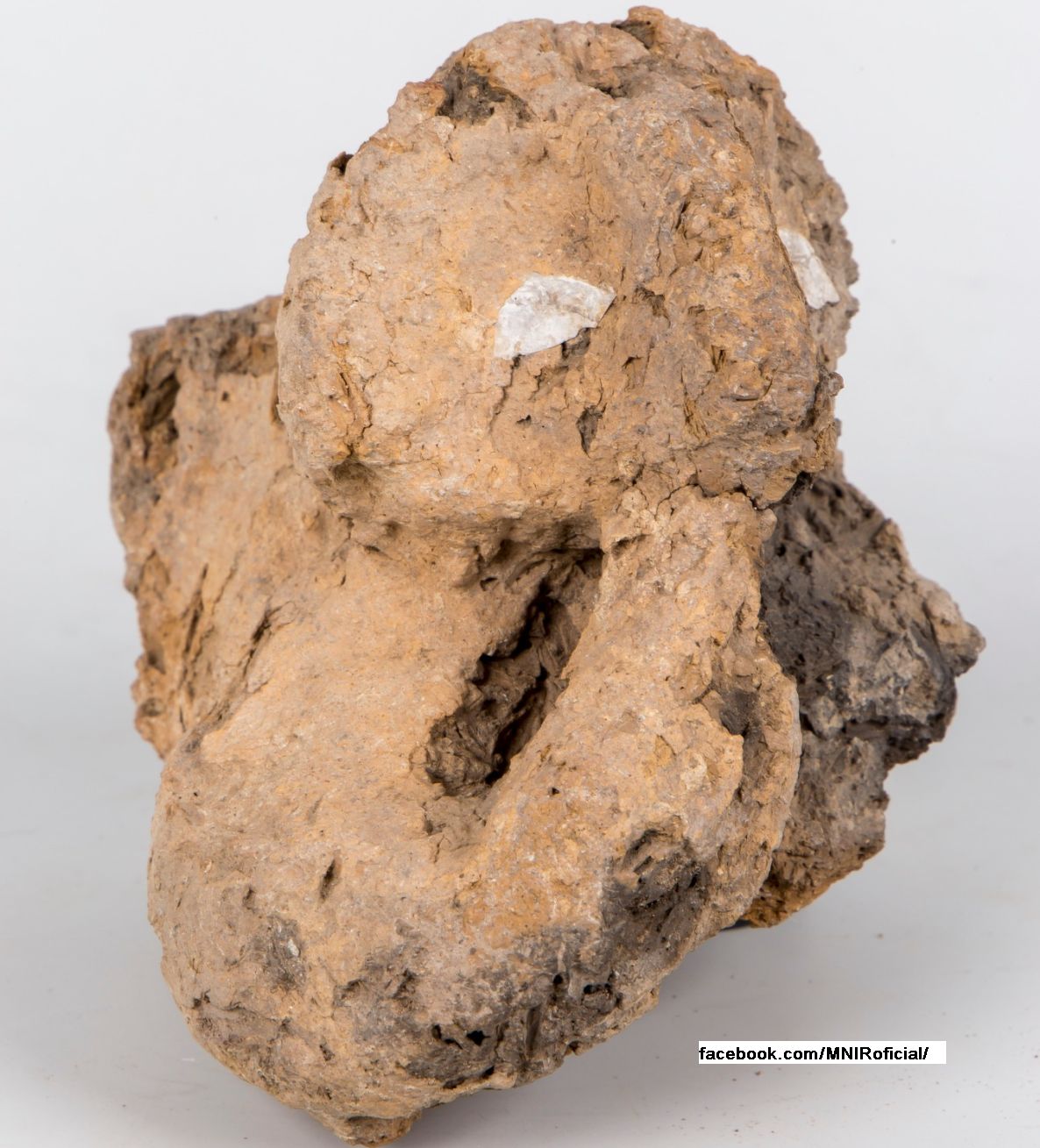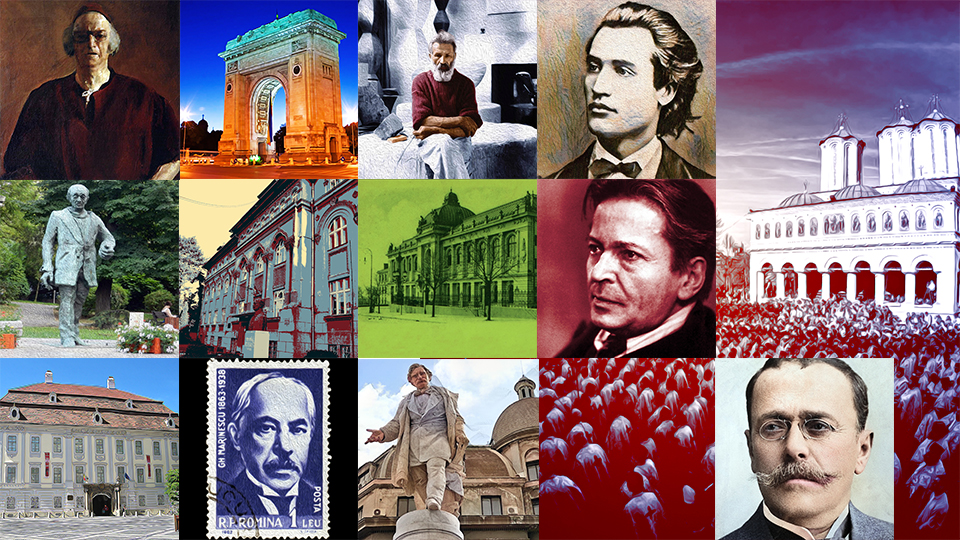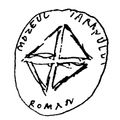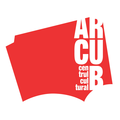Romanian Helicopters
The helicopter is considered to be the invention of one of the worlds most brilliant minds, the Florentine artist of the Renaissance, Leonardo da Vinci.

Steliu Lambru, 04.03.2016, 14:00
In a drawing dating back to 1483, Leonardo imagined a flying machine with a propeller able to take off by means of the physical strength of a man.
Ever since, many scholars and engineers have tried to materialize da Vinci’s outstanding flying machine but without any success. It was either the too heavy weight of engines, or the blades of the propeller, or the shape of the cockpit or the stability of the vehicle that challenged the ambition of those who tried to measure up to the laws of physics.
It was only in 1906 that the French engineer Paul Cornu managed to fly a machine equipped with a propeller. As the years passed by, the number of inventors who improved or revolutionized the helicopter construction field has grown and in 1940, the year when humankind was facing the first years of WWII, the production of helicopters started in Germany, and in Great Britain helicopters were used in humanitarian missions.
Romanians also tried their hand at building helicopters just as they tried to build planes, where they reported notable results. In 1911 engineer Grigore Briscu made the model of a helicopter with two coaxial propellers and a device that controlled the cyclic variation of the propeller pace. Briscu’s helicopter had a higher stability than other exiting prototypes. In 1922 engineer Gheorghe Botezatu, who settled in the US, built a helicopter with 4 bearing rotors, each rotor having 6 blades. The next year, in 1923, Stan Mateescu, a professor at the Polytechnic University created a gyrocopter with one propeller and two bearing rotors. In 1934 another engineer, Cristea Constantinescu, finished the construction of the first model of Romanian helicopter called CO1.
The sector that drove the development of helicopters was, as in many others cases, the military sector. Military helicopter evolved fast in terms of maneuverability, armor, and armament, as well as navigation capabilities. The Romanian defense industry built its first helicopter in 1974, the IAR 330, and was the Romanian variant of the Puma 330 combat copter built by the French company Aerospatiale. IAR 330 was supposed to be made at the IAR Ghimbav aircraft factory, near Brasov.
It was a medium sized helicopter for assisting the Romanian ground forces. Until 1989, the Ghimbav factory turned out about 160 units, with a third of them being export-bound. Some of the IAR 330 had inflatable buoyancy bags which allowed for amphibious operations. In 1987, the Puma 330, that the IAR 330 was based on, was replaced by a superior model, the Super Puma 332 Eurocopter. The IAR 330 also had two twins, since the Puma 330 was also being produced by South Africa and Indonesia.
Before 1989, two variants were being manufactured, the IAR 330 H and L. It had a crew of 3, with 16 passengers. It was 18 m long and 5 meters high, with a rotor diameter of 15 meters, and a weight of 3,600 kg without a payload. The engine was a 1,575 horse power turbofan. Maximum speed was 263 km/h and a range of 550 km. It could fly to a maximum altitude of 4,800 m. Its armament was two 23 mm cannons, a 12.7 mm machine gun, four 50 or 100 kg bombs, and two anti-tank missiles.
After 1989, the modernization of the Romanian armed forces also covered helicopters. The upgrade of the IAR 330 copter included the SOCAT anti-tank targeting system. 25 helicopters belonging to the Romanian Air Force were upgraded, and were named Puma SOCAT. This program also diversified its capabilities. In addition to its assault capabilities, its equipment allowed for superior identification, targeting and navigation. The Puma SOCAT carries 8 anti-tank missiles, air-to-air missiles, unguided rockets and a 20 mm gun turret. The Puma SOCAT has also been designed as a sanitary vehicle.





























